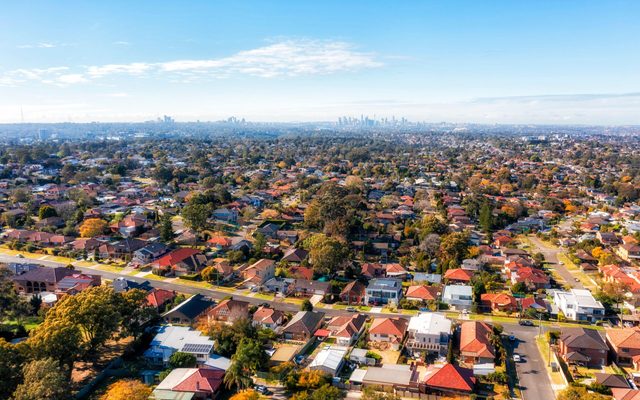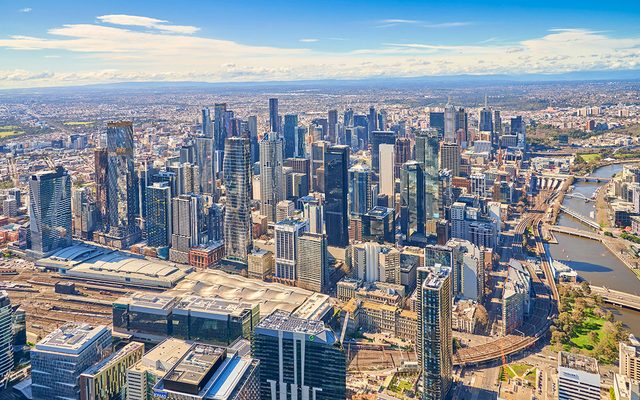This article is from the Australian Property Journal archive
A very strong result for engineering construction will be positive for GDP growth forecasts for the last quarter of 2006. But given the major share-market weakness of the past few hours, any effect on this on the perceived future of monetary policy, or on any other markets, will be lost in the shuffle.
Detail – Construction work done
- Building work done, in volume terms, rose by 0.9% in the December quarter, to $15,312 million. Residential work done rose by 0.7%, while non-residential building work done rose by 1.1%.
- Engineering work done rose by 9.2% in the quarter, following a fall of 6.7% in the September quarter. The private component rose by 11.2%, while the public component rose by 6.2%.
- In total, construction work done rose by 4.3% in the quarter, to $26,661 million.
- In the past year, new residential building has risen by 1.4%, to $7,822 million, while additions and alterations have risen by 6.2%. Non-residential building has risen by 11.9% in the past year, while engineering work done is up by 10.7%. In total, construction work done has risen by 7.8% in the past year.
- The implicit deflator for total construction work done rose by 1.2% in the quarter, to show a year-to increase of 7.1%.
- State and Territory detail for the quarter shows a 17.7% rise in construction work done in the ACT, and a 12.8% rise in Western Australia. There were smaller rises elsewhere, except for Victoria (down 1%) and the Northern Territory (down 9.9%). In year-to terms, construction work done growth rates vary hugely, from -11.5% in the Northern Territory and -5.4% in New South Wales to 29.0% in Western Australia and 50% in the ACT.
- Work in the building pipeline at the end of the quarter (including work yet to be done as well as work approved but not commenced) rose by 2.5% in the December quarter, with new residential building up by 3.5% and non-residential building up by 1.6%. Additions and alterations were up by 0.5%. In the past year, the pipeline has increased by 8.8%. These figures come from the current-price detail.
- In other data released today, credit growth in January came in above expectations, at 1.3%. Personal credit (up 1.5%) led the way, followed by business credit (up 1.4%). Housing credit rose by 1.2%. Year-to growth rates for these three components now stand at 12.5%, 15.9% and 14.6% respectively.
Our monetary-policy call is unchanged; although the RBA clearly still has a tightening bias, we believe that it will hold its fire once again in May, as underlying inflation remains well-behaved, and possible doubts emerge about the likely ongoing strength of the world economy, particularly the US.
We thus think the cash rate is currently at its peak for this episode.
By Chris Caton, chief economist, BT Financial Group.*
Australian Property Journal



